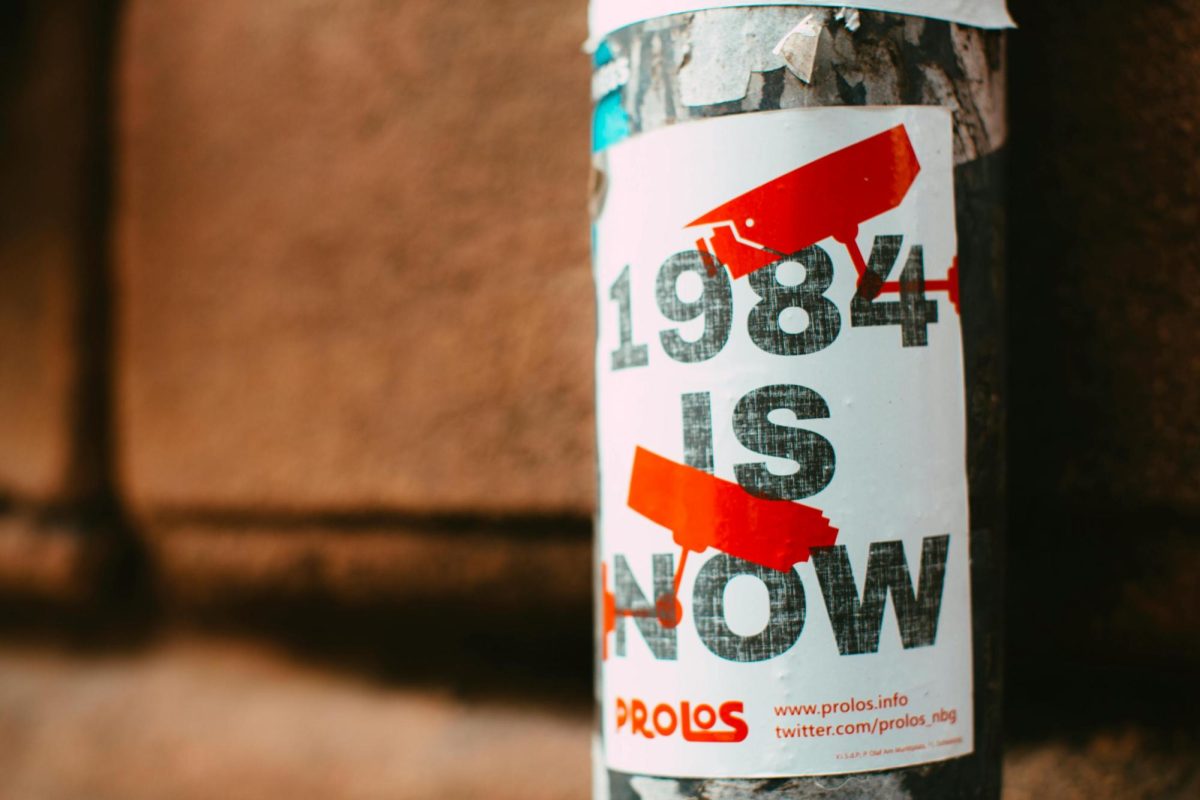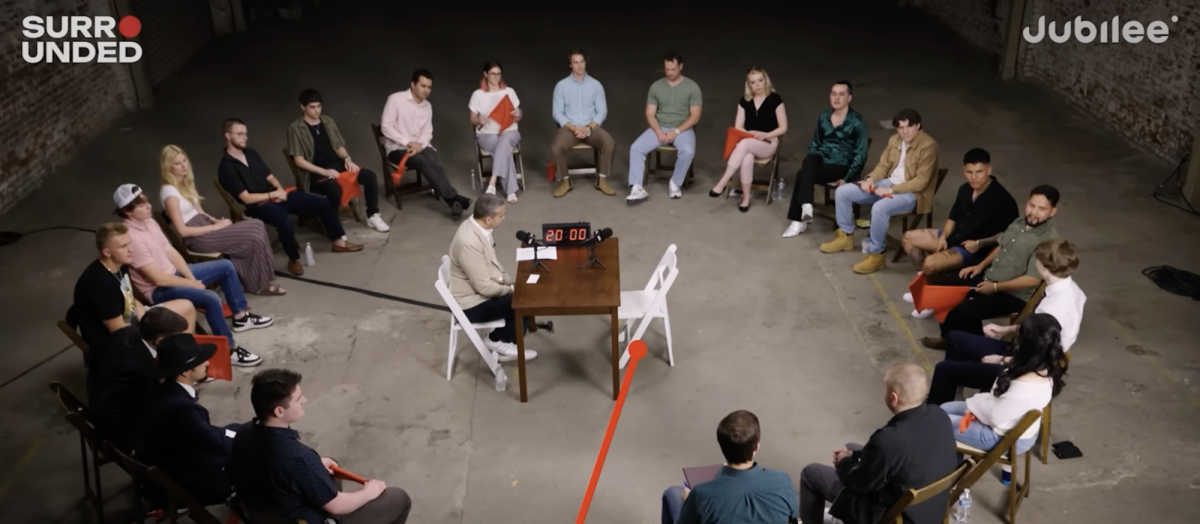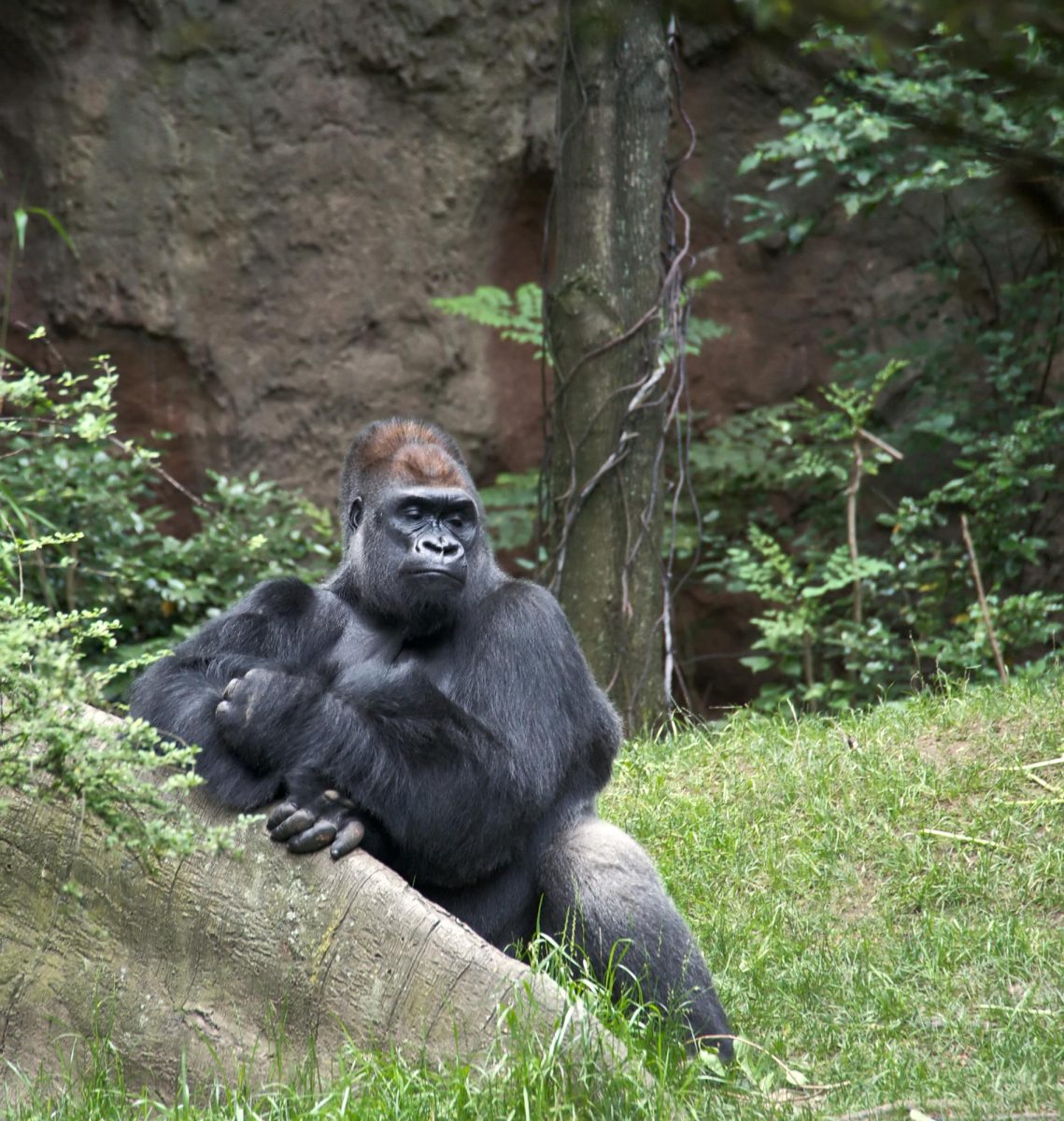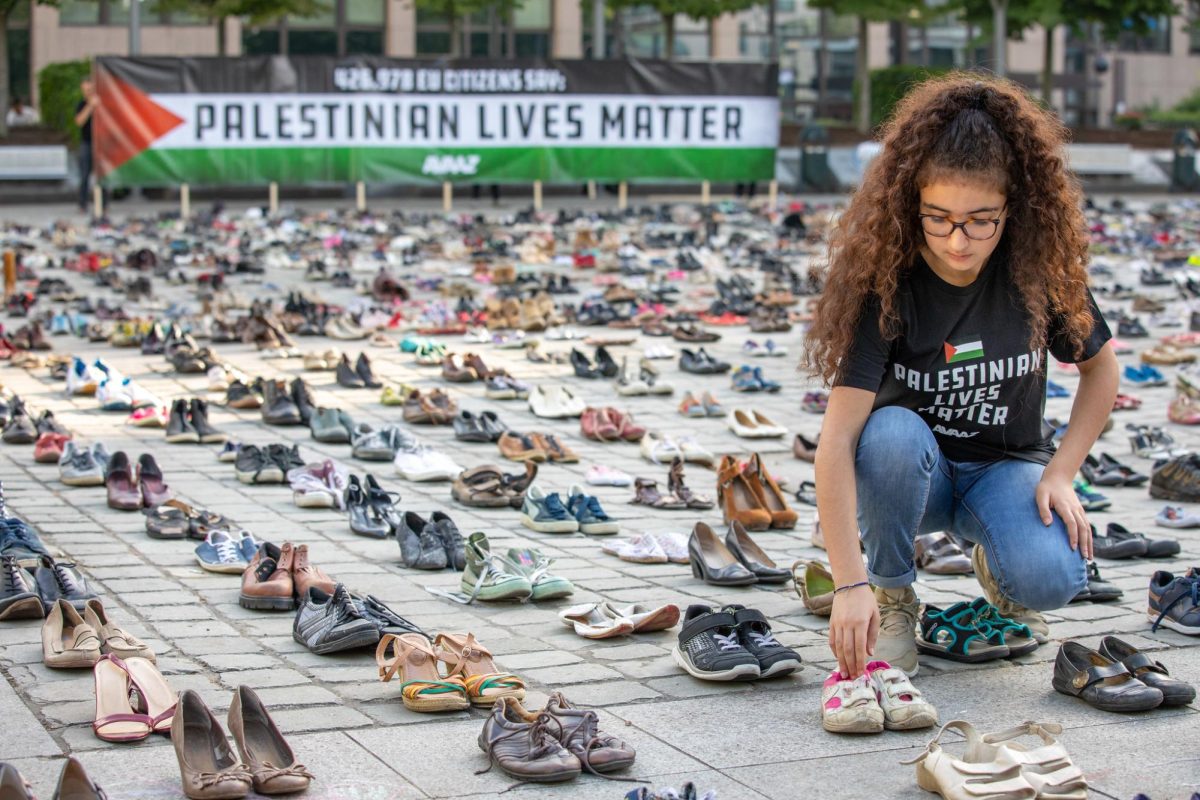Dystopian books and films have long captivated audiences. The rise of franchises like “The Hunger Games” and the revival of Margaret Atwood’s “The Handmaid’s Tale” demonstrate just how deeply Western audiences, particularly younger demographics, are drawn to these narratives. As the genre’s popularity continues, it reveals more than just a fascination with dark futures but rather reflects how people in stable, democratic societies explore themes of oppression, resistance and survival through fiction, often while others around the world face these conditions in real life.
Suzanne Collins’ “The Hunger Games” trilogy, published between 2008 and 2010, sold over 100 million copies worldwide and was adapted into four major films between 2012 and 2015. The story follows Katniss Everdeen, a teenager forced into televised death games by a totalitarian regime known as the Capitol, as she becomes a reluctant symbol of rebellion. It resonated particularly with young adults, sparking global conversations about wealth disparity, surveillance and systemic violence.
The franchise’s relevance remains strong over a decade later. “The Ballad of Songbirds and Snakes,” a prequel novel released in 2020, was adapted into a 2023 film that earned over $348 million globally, proving that audiences are still captivated by the world of Panem. Most recently, Collins released “Sunrise on the Reaping” in March 2025, revisiting the 50th Hunger Games, also known as Haymitch Abernathy’s Quarter Quell. With a film adaptation already in development, the continued expansion of the series shows that its themes—government control, rebellion and media spectacle—remain timely and compelling.
Also in the 2010s, “Divergent” and “The Maze Runner” hit bookshelves and screens, appealing to a generation increasingly wary of institutions. On the adult side of the genre, “The Handmaid’s Tale,” originally published in 1985, saw a revival with Hulu’s Emmy-winning adaptation in 2017. Atwood has publicly stated that every oppressive law in the book has historical precedent, with many aspects inspired by the post-1979 Iranian regime, including compulsory veiling, the silencing of women and rigid theocracy. While these fictional worlds may feel distant or dramatized, the realities they depict already exist in many parts of the world and often in ways Americans are only now beginning to recognize. North Korea’s absolute control over information and citizen movement mirrors Orwellian surveillance. In Afghanistan, under Taliban rule, girls are banned from secondary education and women are prohibited from traveling long distances without male guardians—eerily similar to Gilead’s restrictions in “The Handmaid’s Tale.”
This contrast highlights a troubling truth: in many Western nations, dystopia is entertainment. In other parts of the world, it is daily life. The ability to read and watch these stories from a safe distance speaks to the privilege of stability and security. While watching “Children of Men” or reading “1984” can foster empathy, there is also a risk of trivialization. When dystopian imagery becomes an aesthetic, it distances viewers from the suffering these narratives reflect.
There is, however, potential for these stories to do more than entertain. Dystopian fiction has long served as a warning and a tool for resistance. George Orwell’s “1984” critiqued the dangers of totalitarianism and mass surveillance. “The Hunger Games” highlights systemic inequality and media manipulation. When consumed thoughtfully, these works can encourage readers to question authority, recognize injustice and engage more critically with global issues. For some, dystopia becomes a gateway into activism or awareness. A teenager inspired by Katniss’s rebellion might later study real-world revolutions. Someone horrified by Gilead may take an interest in reproductive rights movements worldwide. The key lies in ensuring that the stories are seen not just as fantasy, but as reflective of human rights issues that continue to affect millions.
Dystopian fiction will remain a staple of Western pop culture. As audiences binge-watch Gilead’s horrors or cheer Katniss’s revolution, it is essential to recognize the divide between entertainment and lived experience. These stories resonate not just because they are thrilling, but because they reflect underlying anxieties about political instability, inequality and control. For Western viewers, dystopian entertainment offers a dramatic lens through which to explore fear and resistance, but it also highlights the privilege of confronting such realities from a safe distance. Acknowledging that privilege is the first step toward using these narratives as tools for awareness, not just escapism.








